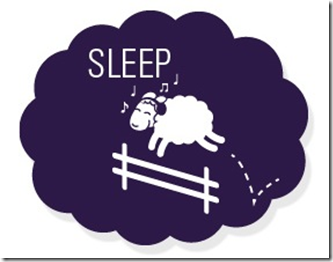The Reverse Nap: Mounting evidence that I am not a crazy person
/I’ve been reversing napping for more than a year now.
I go to sleep at my regularly appointed hour, usually somewhere between 11:30 PM and midnight.
Then I wake up at some point in the middle of the night, usually around 2:00 AM. I climb out of bed. go downstairs and work for about 90 minutes. I write, revise, empty the dishwasher, walk the dog, pay bills, read.
Then around 3:30 AM I return to bed and experience all the joys of climbing into a warm bed and falling asleep for a second time that night. I sleep for another 90 minutes or so and then wake up again and begin my day.
The Reverse Nap.
I don’t do it every night, but I do it many nights.
When I first started reverse napping, people thought I was crazy. Then I wrote about it, and shortly thereafter, a few people began trying it and wrote to me, singing its praises.
Then I found research suggesting that segmented sleep, with two periods of rest separated by a period of wakefulness, was the dominant form of sleep in Western civilization prior to the Industrial Revolution. Human beings, it turns out, are already wired to reserve nap and did so for centuries.
Then I found research suggesting that if you are already awakening in the middle of the night and struggling to fall back asleep, remaining in bed can actually lead to “learned” insomnia, a kind of sleeplessness is caused by anxiety that comes from trying too hard to doze off when you can’t.
O’Connor turned to Dr. Meir H. Kryger, a professor at Yale School of Medicine and the author of “The iGuide to Sleep,” who suggests the following:
If you wake up at night and find that you still cannot get back to sleep after 20 minutes, do not lie there in anguish staring at your clock. Get out of bed and do something that distracts and relaxes you, like reading a book. Then return to bed when you feel sleepy.
Dr. Kryger is suggesting the Reverse Nap.
Perhaps I’m not so crazy after all.
